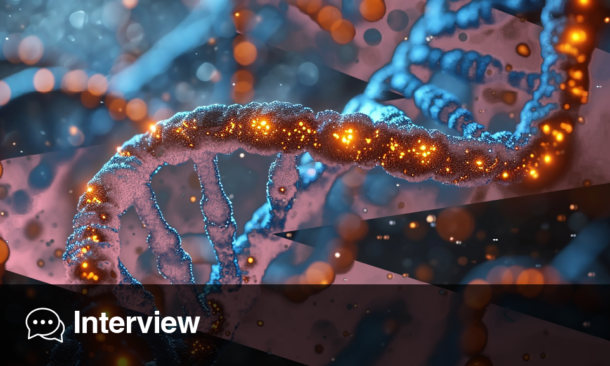A RECENT study has examined erythropoietic protoporphyria (EPP), a condition that arises due to a reduction in ferrochelatase activity below 30% of normal, leading to an accumulation of protoporphyrin-IX (PP-IX) in the liver and erythroid precursors. The resulting symptoms include severe skin photosensitivity, with 10% to 25% of cases developing liver dysfunction and gallstones. A small percentage (1% to 4%) of EPP patients progress to end-stage liver failure requiring transplantation. While existing drugs alleviate skin symptoms, a targeted treatment for EPP-related liver disease remains an unmet need.
This study utilised a high-throughput drug screen in a zebrafish EPP model and identified chlorcyclizine (CCZ), a histamine receptor type 1 (H1)-antihistamine, as a potent PP-IX-lowering agent. Subsequent tests in murine models demonstrated that CCZ facilitated PP-IX clearance in a female-selective manner. Mechanistically, CCZ promoted nuclear translocation of constitutive androstane (CAR) and farnesoid X (FXR) receptors, enhancing transcription of multidrug resistance-associated protein-4 (MRP4) and bile salt export pump (BSEP), leading to increased PP-IX excretion. Additionally, CCZ inhibited histamine-induced porphyrin synthesis and reduced PP-IX-mediated protein aggregation in primary mouse hepatocyte cultures.
Further investigations conducted in this study revealed an association between elevated hepatic histamine levels, mast cell infiltration, and EPP progression. CCZ administration significantly reduced these factors, suggesting a therapeutic role in mitigating PP-IX accumulation. While prior studies hinted at histamine receptor blockade reducing skin photosensitivity, its potential in addressing liver dysfunction had not been previously explored.
Current treatments, such as bile acid sequestrants, have provided anecdotal relief by enhancing bile excretion, but their efficacy remains unproven. Findings from this study indicate that CCZ-induced activation of CAR/MRP4 and FXR/BSEP systems promotes PP-IX excretion and prevents hepatic damage. Additionally, CCZ appears to have a sex-specific effect, likely due to metabolic differences influencing its activity.
Given its long-standing safety profile and mechanism of action, this study suggests that CCZ or other H1-antihistamines may offer a novel therapeutic avenue for EPP-related liver disease. Future research should explore its impact on skin symptoms and potential efficacy in X-linked protoporphyria (XLP), another disorder linked to PP-IX accumulation. These findings indicate that antihistamines represent a promising class of drugs for patients at risk of developing hepatobiliary complications associated with EPP.
Reference
Kuo N et al. The histamine pathway is a target to treat hepatic experimental erythropoietic protoporphyria. Cell Mol Gastroenterol Hepatol. 2025;DOI:10.1016/j.jcmgh.2025.101463.








